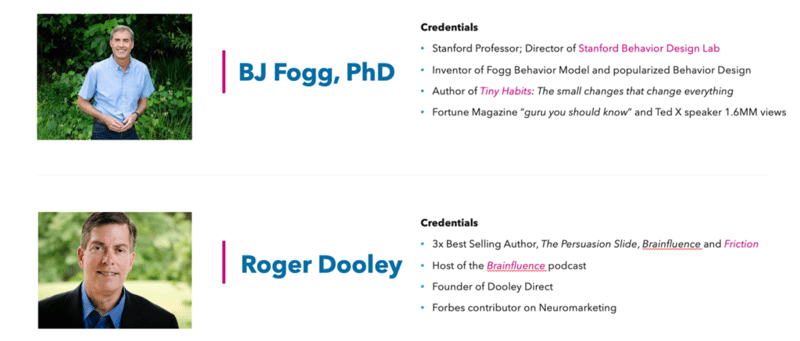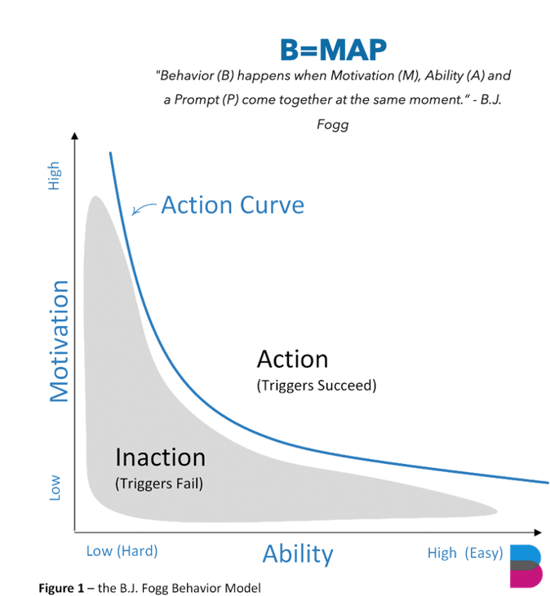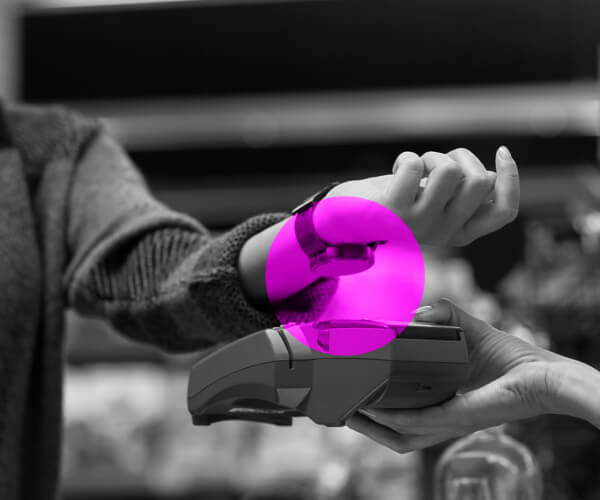A Case for Simple, Actionable Behavioral Research – Post 3
In our last post, we discussed the need for simplicity in applied behavioral science and the very real challenge that some agencies overcomplicate the principles in the attempt to appear “serious”. But overly simplistic interpretations of behavioral science principles can lead to superficial analysis. Simple solutions must be backed by reliable science to get to root causes and opportunities to influence consumer choices that actually help you achieve your growth goals.
In this post, we will dig into the academic background that led us to develop our unique framework that underpins all our research methodologies and structures our results and recommendations.
Why did we focus on Benefits and Barriers?
Behaviorally’s approach to applying behavioral science is certainly a distillation of all the academic principles in the long history of the discipline’s development. But to create our unique framework addressing Benefits and Barriers, we drew on the learning and experimentation of two specific and notable behavioralists: BJ Fogg and Roger Dooley.

Benefits: BJ Fogg is a PhD professor at Stanford University, and the Director of the Stanford Behavior Design Lab. He invented Fogg Behavioral Model and he is a best-selling author, including a book called Tiny Habits: The small changes that change everything. He has been recognized as an expert in “motivation” and his model for how Benefits work to prompt action and drive behavior can be viewed below.

Barriers: Roger Dooley is a highly regarded 3 time best-selling author (The Persuasion Slide, Brainfluence and Friction). He is a leading expert in neuromarketing, and the art and science of identifying and eliminating “friction” as a Barrier to action.

Dooley has identified several categories of friction that are particularly relevant to purchase transactions:
Friction comes from shopper marketing that introduces different factors of Barrier to a choice:
- Physical Barriers (findability, cost, size, flavors, excessive steps in process)
- Mental Barriers (choice paralysis, habits, defaults, cognitive depletion)
- Clarity Barriers (no call to action, excessive copy, jargon)
Identify and reduce or eliminate these Barriers, and you radically increase your ability to motivate a consumer purchase.
By applying the principles, learnings, and discoveries of these two experts, we have certainty that our Benefits and Barriers framework derives rigor from the specificity of academic behavioral principles. We believe these are the most important behavioral metrics likely to help clients in the practical creation of effective shopper marketing.
And we apply this framework for the simple but powerful objective of helping clients seize and succeed in the most important moment in marketing: the purchase transaction.
In our next post in this series, we will examine practical examples of our behavioral framework in action and how we have leveraged it to help clients create value in marketing.
In the meantime, if you would like to know more about how we can make Benefits and Barriers a key metric for evaluating your own marketing challenges, please contact your local Behaviorally expert.
